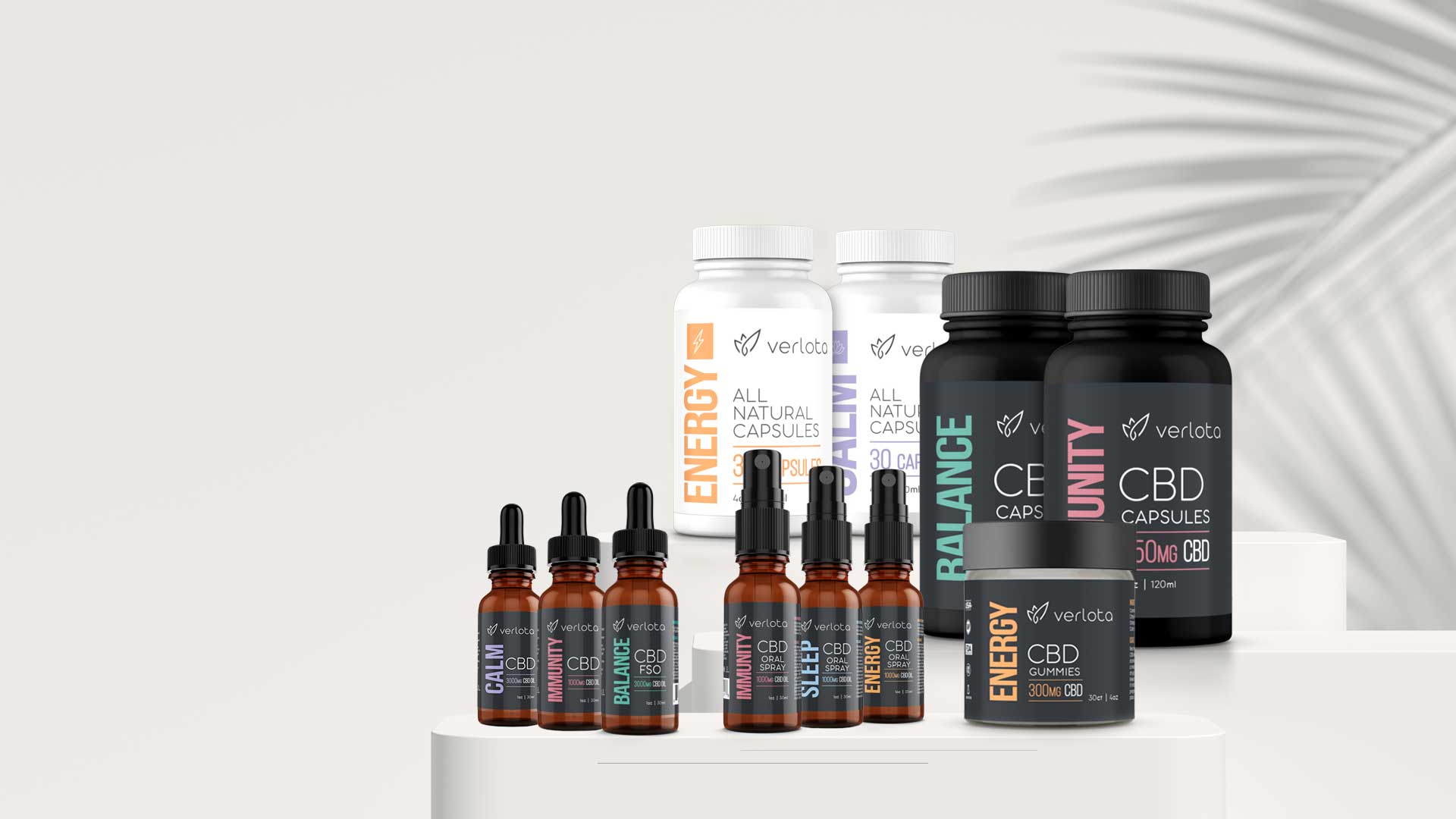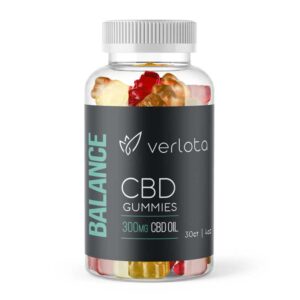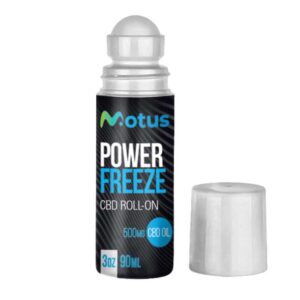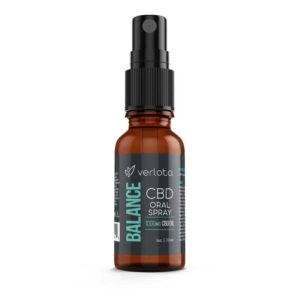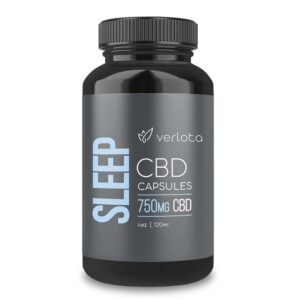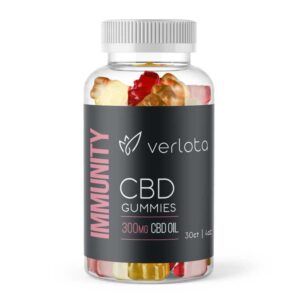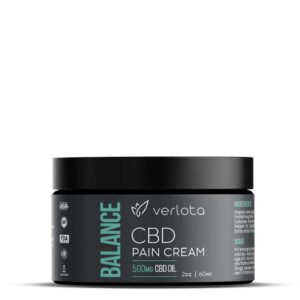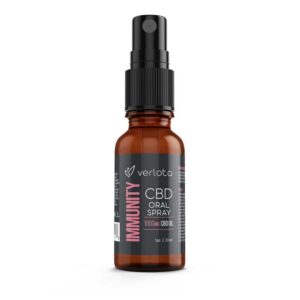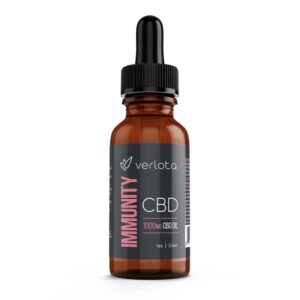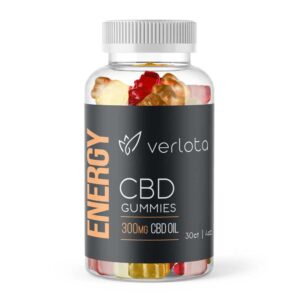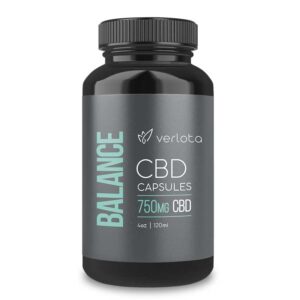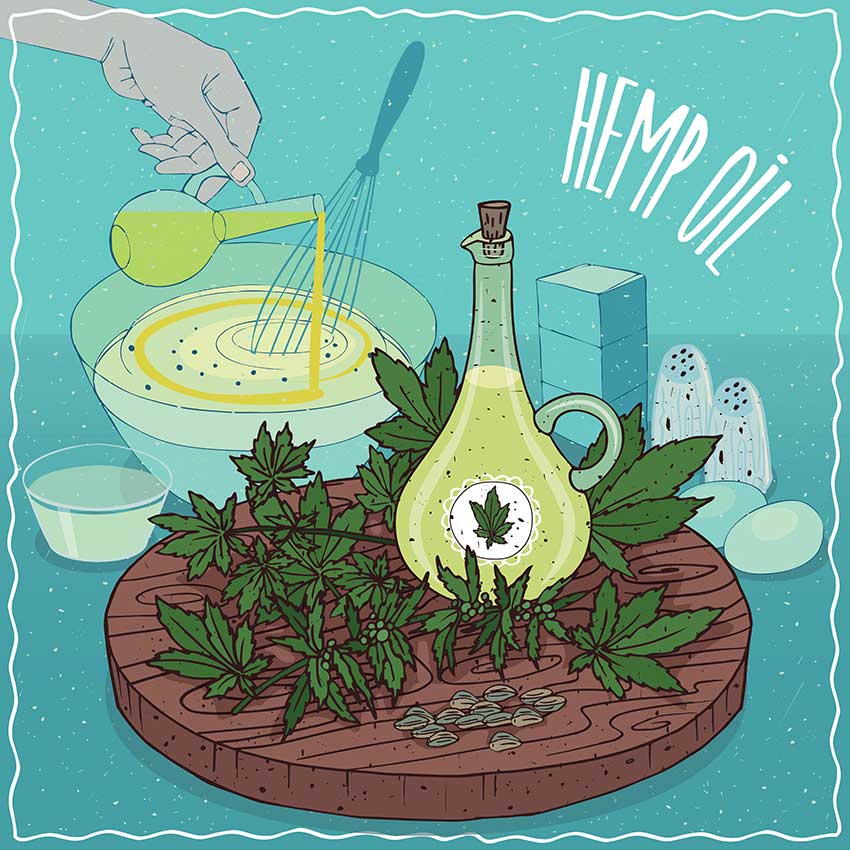
It seems like no matter where you look, over the past few years, the word CBD seems to be coming up a lot. Multiple news stories released about this newly legalized extract that can help with a host of different illnesses. Countless different products that boast about the pros and cons of CBD oil, and how you should be taking CBD oil daily. Whenever you hear about or read these kind of CBD guides, you might learn a lot or leave the conversation with more questions, like “what is CBD?” or “how much CBD should I take?”. Finding answers to these and others regarding the benefits of CBD oil, capsules, topicals and edibles is only the first, but an essential step in your journey towards better health.
Afterall, that old couple on the TV seems to be feeling better – even with all the side effects being listed – so why shouldn’t it work the same for me? But what if we told you that you might be able to ease your pain, inflammation, anxiety, neurological issues and intestinal tract problems? It would sound pretty unbelievable, wouldn’t it? Well, Verlota is here to inform you on how to use CBD oil, discover what CBD is and determine all the benefits of CBD oil that can have a positive impact on your health & happiness.
What Is CBD Oil?
First of all, let’s answer the most obvious, nagging question you probably are wondering: what does CBD stand for? CBD is an acronym for “Cannabidiol”, which is one of the active compounds found within cannabis & hemp, known as phytocannabinoids. This particular cannabinoid is non-psychoactive – meaning, it does not have any associated “high” effects on your brain or body. Unlike its cousin Cannabis, Hemp has been used for its multiple applications before it was ever used to treat illnesses. In fact, humans have been working with hemp since the last ice age, over 10,000 years ago. Dating back to ancient Mesopotamia, hemp has been used for clothing, tools, rope, food, fuel and – of course – its healing properties. This touches on some of the major pros and cons of CBD oil derived from hemp, but we’ll get into that in more detail shortly.
While the hemp plant has been around for centuries, it was only this most recent century that led to the discovery of cannabidiol (CBD). In 1940 a chemistry professor at the University of Illinois (go USA), Roger Adams became the first to discover the extract by separating the oil from the hemp plant and discovering the many applications that we use it for today. Due to misinformation about hemp and its many applications at the time, however, it was quickly made to be illegal to the public and CBD was only able to exist in a research capacity. Leaving the rest of us to miss out on the healing properties and life changing effects of the extract for the better part of 78 years. It wasn’t until “The Farm Bill” was passed in 2018 that The United States was able to produce and cultivate hemp for its staggering list of applications.
Although hemp has been a part of human history for thousands of years, it wasn’t until the 1940’s that CBD was isolated from wild Minnesota hemp. The famous Dr. Roger Adams is considered to be the godfather of CBD research, but it wasn’t until the mid 1960’s that Dr. Raphael Mechoulam further identified the relationship of phytocannabinoids like CBD and THC to our Endocannabinoid System (ECS).
What is a phytocannabinoid? For that matter, what is my Endocannabinoid System? You might ask. There are a lot of terms to understand when discussing CBD, so here are the basics you need to know:
Hemp – (Cannabis sativa L.) is a tall, narrow plant rich in CBD, which is harvested from its flowers, seeds and/or stalk fibers. Unlike its close relative, cannabis, this plant species is relatively low in THC, usually containing less than 0.3%. It is important to understand that cannabis and hemp are not the same plant, but they share certain characteristics – such as producing phytocannabinoids like THC and CBD.
(The Benefits of Hemp-Derived Phytocannabinoids, Cristiana Paul, MS & Nicole Spear, MS, CNS 8/18)
Phytocannabinoids – plant-derived compounds capable of directly interacting with cannabinoid receptors in the body. Over 100 cannabinoids exist in various Cannabis species, such as CBD, THC, CBN, CBG, and many more. Clinical research has focused primarily on the psychotropic cannabinoid, tetrahydrocannabinol (THC), and its non-psychotropic antagonist, cannabidiol (CBD).
(The Benefits of Hemp-Derived Phytocannabinoids, Cristiana Paul, MS & Nicole Spear, MS, CNS 8/18)
Endocannabinoid System – a signaling system laced throughout the central nervous system and distributed among peripheral tissues, including the immune and reproductive systems, gastrointestinal tract, sympathetic ganglia, endocrine glands, arteries, lungs and heart. The endocannabinoid system contains two subtypes of G-protein coupled cannabinoid receptors, CB1 and CB2, which are modulated by endocannabinoids.
(Grotenhermen, F. (2005). Cannabinoids. Current Drug Targets. CNS and Neurological Disorders, 4(5), 507-30.)
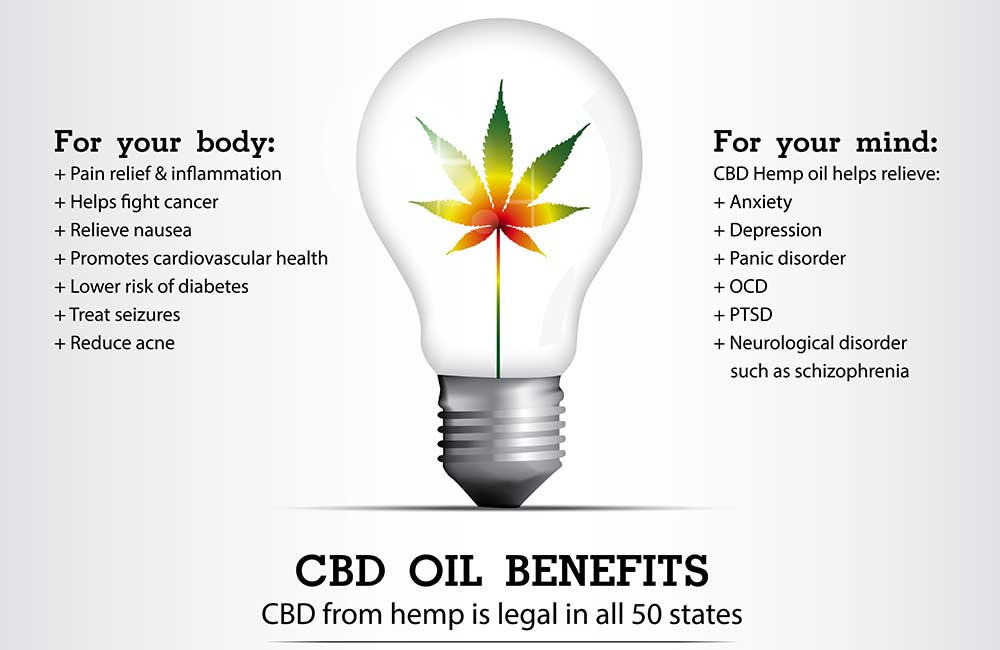
It is important to note, that CBD does not bind to CB1 and CB2 receptors in the same way as THC – that is to say, CBD has more of a modifying effect on the ECS receptors in the body, whereas THC has a predilection to bind more directly with these types of receptors For instance when taking CBD for anxiety it can stimulate receptors and can actually help to minimize the psychoactive effects of cannabinoids like THC – therefore helping to quell any side effects like nervousness or hallucinations associated with THC ingestion. Many people are figuring out how much CBD to take to relax, and products that contain a multitude of cannabinoids and a diverse profile of terpenes are finding more potent results than by just taking CBD oil alone. This is why some people prefer to take what is known as Full-Spectrum cannabis or hemp products (full-spectrum: containing multiple cannabinoid profiles, such as a combination of THC + CBD, to reap the benefits of both phytocannabinoids on their own, as well as in tandem).
Is CBD Legal?
Like we mentioned earlier, CBD exists in a holding pattern of legalities in some areas of the country, whereas it is quickly becoming an accepted, recognized resource in many others. The Farm Bill of 2018 opened up the possibilities of cultivation for commercial and personal use, but only when regulated by the government. There are still differing laws, depending on which state you reside in, that can make it easier or more difficult to procure this life changing compound.
As officials and the general populace has continued to discover the benefits of CBD oil, it has progressed from an illicit substance to Federal Legalization (Farm Bill 2018) quite rapidly. CBD for anxiety capsules, books on how to use CBD oil and a number of health practitioner CBD guides continue to grow in popularity, but as it becomes more widely known CBD has also come under great scrutiny. This is to say, CBD is known to be prevalent in both cannabis and hemp, but when we are discussing CBD in its official, legal capacity we are referring to hemp-derived Cannabidiol only. Whether you are interested in CBD to help you get a good night’s sleep, or to ease your everyday pain & inflammation, there is a surprising lack of research into this plant-medicine.
Since it is now approved for public and professional use – WADA has now listed CBD has an approved substance (2019 Prohibited List) – CBD will continue to gain popularity. With a greater consumer demand for hemp-derived CBD, the medical community will follow suit and further explore the science of this unique and natural remedy.
If there’s not much published resources for the safety and efficacy of CBD, then how can you be sure if it’s right for you?
There are many people who ask themselves this very question, especially if they’re concerned about using CBD in a professional athletic, fitness or sports environment. Getting started with Cannabidiol is often the most arduous, but like any journey worth taking you often have to take a chance when making that first step. Your first step to living better, living healthier and loving your body begins with understanding CBD, so let’s aim to answer a few of these most pressing questions for beginners: What is CBD oil? What are the pros and cons of CBD oil? How much CBD should you take? And should you be taking CBD oil daily?
How Is CBD Made?
Interestingly enough, the way that CBD oils, lipids and other health boosting compounds are extracted from the hemp plant is the same process that the FDA has been allowing food companies to operate for years. GRAS (generally regarded as safe) is a standard that all commercial extraction processes must abide by in the food industry, meaning that the safety protocols and standards that CBD must abide by are the same as the products you are already enjoying in your day to day life.
To extract CBD from the stalks, leaves and seeds of the hemp plant, most producers will use a CO2 process called “Supercritical Carbon Dioxide” This process utilizes a 100% non-toxic fluid – normally distilled water or oils – to be forced through the plant material and pull out the CBD components from the plant. Later, the solvent is removed from the mixture and you are left with a pure, high level of CBD. From there it can be diluted down to the different milligram potencies that you see on the market today.
Cannabidiol – CBD – doesn’t ship directly once it’s produced, however. Once the essential oil has been extracted it must go through a rigorous process of testing and quality assurance. Technicians will test the extract for signs of damage, degradation, contamination, foreign objects and overall quality before it can be moved to the consumer phase of production. While most of the steps during the testing process do vary, depending on the manufacturer, there is a standard across the CBD board that all products must abide by.
In a few words, yes, CBD is safe. It’s a completely natural forming substance that can aid with tons of ailments. Unlike almost all pharmaceuticals on the market, CBD doesn’t contain anything outside of its natural properties. Melatonin may be added to aid with sleep in a SLEEP CBD formula or it may be added to coffee for a morning pick-me-up, but CBD itself contains no added chemicals that can be harmful for your body.
Our brains are made up of hundreds of billions of neurons – cells that are the building blocks for your nervous system. Neurons are unique cells in that they exchange information; signals are carried from parts of your body to the brain and vice versa through synapses. Synapses are the channels on which neurons transmit information, sent via transmitter and received by a receptor. When Cannabidiol is consumed, its molecules send signals throughout the body and activates certain receptors. Receptors, when activated, influence certain bodily functions such as pain, mood, hunger, anxiety, or energy. For instance, if you have pain in your knee, CBD communicates with the receptors in your affected area which in turn interacts with the synapses in your nervous system. CBD effectively blocks the pain signals being transmitted to your brain, providing safe, effective and natural relief.
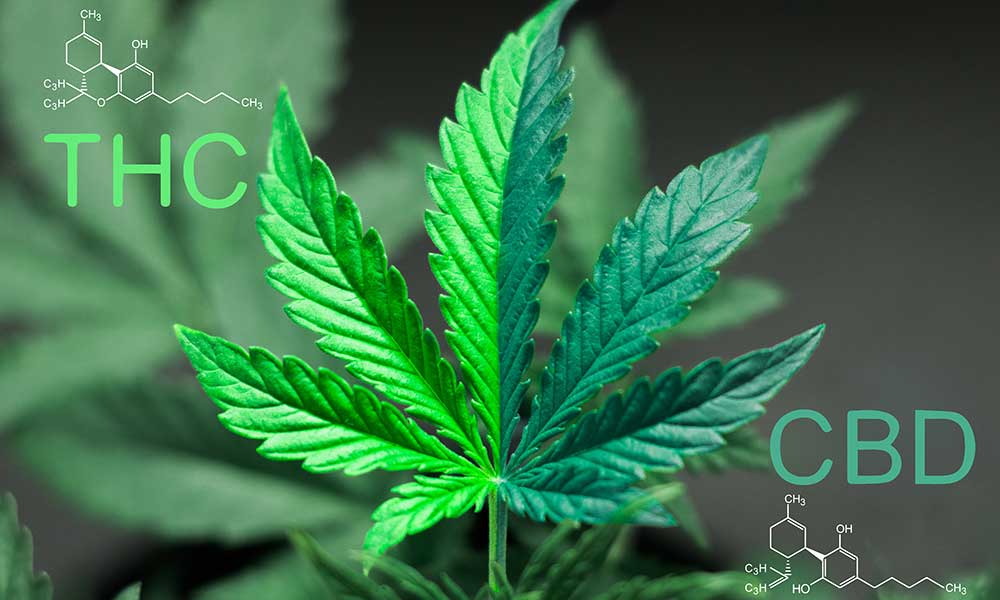
What is CBD Good For & How Does It Work?
It wasn’t until 1992, when researchers at the Hebrew University in Jerusalem discovered endocannabinoids, that researchers realized how symbiotic a relationship humans had with this extract. They uncovered that all mammals and vertebrates on Earth have a naturally occurring group of neurotransmitters that they went on to call endocannabinoids. Much like splitting the atom and discovering all that lay within it, the discovery of the ECS opened up research to discover just how well our species paired with these hemp derived compounds. From there, researchers were able to zone in on a specific set of receptors that directly communicated with this system.
One of the most popular applications for CBD is its ability to alleviate pain and decrease inflammation. Every mammal on the planet has a complicated system of receptors referred to as the Endocannabinoid System. This system spans the entirety of the human body and controls many different aspects of our bodies. Pain and inflammation being a small portion of that. The endocannabinoid system is broken up into two main receptor targets: CB1 and CB2. These receptors interact with every function that our bodies undertake (more on these later on in the article).

The CB1 and CB2 receptors are, quite literally, linked to every motor and bodily function throughout our entire body. A spider webbing of receptors that control and interact with everything from our brain function to how well we digest our food. These receptors are directly responsible for: the brain, lungs, vascular system, muscles, GI tract, reproductive health, immune system, liver health, bone marrow, the pancreas, the spleen and our bones. Or, in shorter words, quite literally every function and part of our bodies. While saying that CBD can aid in matter of the brain seems like a blanket statement, it’s because you have to pain in broad strokes due to the many ways it actually does increase brain health. A 2010 study that was published in the Journal of Psychopharmacology stated that: when CBD comes in contact with the CB1 receptors in the brain it reduces blood flow to areas of the brain that cause us to have anxiety. Paired with its impressive ability to reduce pain and inflammation, it can not only reduce your anxieties, but lower the degree of brain cells that become damaged due to the excessive stimulation that is caused by anxiety. Studies have gone on to show great promise with CBD’s ability to aid with anxiety, Alzheimer’s, autism and especially epilepsy.
For a full breakdown of how the CB1 and CB2 receptors interact with our bodies, and each other, you can read our full article breakdown here. But take our word for it, these receptors are an integral part of how CBD is able to interact with our bodies and reduce, or in some cases eradicate, symptoms of disease and pain within our bodies.
The CB1 receptor is synonymous with most brain functions. Working in association with our motor functions and activity, ability to think, coordination, appetite, memory, pain and immune cells. The fact that CBD interacts with all of these areas of the body and our mental health means that CBD is a powerful aid in maintaining health with those specific areas. CBD has shown incredible promise in epilepsy and seizure research. A recent study by Doctor Nathan T. Cohen of the Children’s National Hospital of Washington DC found that, in 31 children taking prescription CBD, seizures reduced by 39% over a short period. Much research still needs to be done on the interaction between CBD and the neurological system, but early research has proven positive in the beneficial uses for CBD and people with seizures or other mental health issues like anxiety and depression.
While the human bodies CB1 receptors play a great part in our overall mental health, the CB2 receptor covers, basically, everything else. When it comes to our gut health, CBD plays a big part in improving the health of our gut, kidneys and pancreas. Making it a good introduction for patients with kidney disease, diabetes or other intestinal tract problems. From there, the CB2 receptor bursts into a laundry list of other applications and benefits for our bodies due to the fact that it targets our skeletal muscles, bones, eyes, tumors, reproductive system (sexual health), immune system, respiratory system, eyes, skin, nervous system, cardiovascular system and liver. These interactions with our bodies through the CB1 and CB1 receptors mean that the list of things CBD can help patients with is miles longer than the list of what it can’t.
Think of CBD as an iceberg floating in the ocean. From the top of the water you can see the crystal-blue mass bobbing up and down. A truly majestic sight to see firsthand. At first glance, you would assume that is the majority of the iceberg, but under the water lay a portion that is so massive, that it dwarfs what you can see above it. The top of the iceberg is pain & inflammation. It is the most common ailment that can be treated with CBD and is the one most commonly used in the dialogue of cannabidiol. But beneath the surface lies a myriad of other applications that CBD can be used for.
How Does CBD Affect Your Mind & Body?
Like we mentioned earlier, CBD exists in a “grey area” of legalities at the moment. The Farm Bill of 2018 opened up the possibilities of cultivation for commercial and personal use, but only when regulated by the government. There are still differing laws, depending on which state you reside in, that can make it easier or more difficult to procure this life changing compound.
As previously mentioned, CBD interacts with your ECS, and in turn modulates CB1 & CB2 receptors in the brain and body. This biochemical relationship between phytocannabinoids and the endocannabinoid system is what leads to the health benefits and remedial effects of CBD. Cannabidiol is known for having a multitude of positive influences on a person’s health, including:
- Moderates psychotic disorders (Antipsychotic)
- Mitigates degenerative neural disorders (Antioxidant)
- Alleviates anxiety, depression and stress (Anxiolytic)
- Helps to reduce the size and frequency of tumors (Antitumoral)
- Combats pain & inflammation (Anti-inflammatory)
- Reduces severity & frequency of seizures (Anticonvulsant)
- Soothes nausea & digestive issues (Antiemetic)
Even though CBD is widely used and its many benefits are known to many, but CBD research is still in its relative infancy. CBD is commonly used for relief from pain, inflammation, mental & body fatigue, sleep deprivation, and numerous life-debilitating conditions like epilepsy, arthritis and some cases of cancer. With that being said, until official medical studies are concluded and available to the public, many people and medical professionals will not be as eager to try CBD.
CB1 and CB2 receptors are usually the top references made when discussing how CBD can interact with the body, but there are other ways that it aids in our complete health as well. It’s easy to refer to our endocannabinoid system and the receptors connected to it when talking about how CBD manages to improve our body’s health. But there are other receptors in the body, outside of the ECS, that are impacted by this extract as well.
The CB1 receptor may be responsible for “brain health” when we talk about how CBD interacts with our body, but it actually interacts directly with our serotonin receptors and is a main reason why CBD is so important when it comes to treating anxiety. In fact, a recent study by Jose Alexandre Crippa at the University of San Palo, Brazil, and researchers at Kings College in London found that CBD can actually be used as an antidepressant replacement in many cases. It’s the way that CBD interacts with the serotonin receptors in our brain that shows great promise in superseding the need for pharmaceutical treatment for depression and replacing it with a natural approach. When taken at high concentrations, CBD activates our serotonin receptor, creating an anti-anxiety effect. We could refer to the family of 5-HT receptors and 5-HT1As to drive home our findings, but for a complete medical breakdown you can refer to the study linked here. Our goal is to give you information as easily and non-convoluted as possible.
What Are Some Conditions CBD Can Potentially Treat?
There are many ways to benefit from CBD oil, and really the only question to ask yourself is: How do I need to use CBD oil? How fast or how often you rely on CBD’s active effects, such as pain relief, the onset of sleep, or a boost of energy can factor into your decision of how much CBD you should take. Here is our break down of the various ways you can consume CBD and what they can be taken for:
CBD for Anxiety
Capsules (Ingestion) – like many health & fitness supplements, capsules are a favorite for active individuals. Easy to dose, convenient to take, and a consistent potency make CBD capsules the top choice for many bodybuilders, marathon runners, cyclists, athletes and sports professionals. Capsules usually range in potency from 500 – 3000 mg of CBD per bottle, but regardless of the concentration you can be sure of each capsule’s efficacy. Cannabidiol capsules are considered by many to be the fastest, most efficient way to experience the benefits of CBD. How much CBD do you need to relax?
CBD and Pain
Topicals (Absorption) – whether you prefer CBD creams, gels, or sprays, topicals are a great way to experience fast, effective relief from pain or stress. Many professional athletes and sports enthusiasts use CBD roll-on applicators when muscle cramps strike, or rub a soothing CBD cream on their sore muscles between breaks. If there is any downside to topical CBD, it is the length of time that the relief effects last. CBD, when absorbed through the skin, can immediately provide relief but will not last more than an hour or so. So, for individuals seeking remedies for pain, inflammation or stressed parts of the body, CBD topicals provide on-demand, soothing relief. Learn more about one of the great pros of CBD oil and start relying on its pain & inflammation powers the next time you feel sore or stiff.
CBD and Insomnia
Edibles (Digestion) – often a favorite among CBD enthusiasts, edibles come in many shapes and sizes: pastries, baked goodies, butter, cooking oils, candies, infused beverages and CBD protein powders, just to name a few. Federal & State regulation dependent, CBD edibles are not wholly regulated and lawful in all municipalities, but their popularity is gaining ground with each passing day. CBD can be a part of everyday life when combined with life’s everyday bites or drinks, but as always it’s important to start slow and measure your dose as carefully as possible. Unlike THC-infused gummies or brownies, CBD edibles won’t cause you to “green out” or suffer a potent psychoactive incident. Cannabidiol edibles are safe, have lasting and potent effects, and most importantly they’re delicious! Our staff are quite fond of taking CBD for sleep, so we’d argue you should be taking CBD oil daily/nightly to feel superbly rested!
CBD and Epileptic Seizures
Oil (Ingestion) – CBD oil is, in essence, the elemental way to consume Cannabidiol. Often carried in a Hemp Seed Oil base – which has a whole host of its own benefits, such as Omegas 3-6-9 – CBD oil can be taken under the tongue from a dropper, combined with food or drink or applied topically. Cannabidiol oil is undoubtedly the most versatile of CBD products, and it is no wonder that it is usually the first form of CBD that people experience. One criticism of CBD oil is that it requires the user to measure their dose more closely than with capsules. This is inherently true, but for this exact reason many people choose CBD oil so that they can adjust how much they take and when, as needs dictate.
How Can I Take CBD?
CBD oil is a truly marvelous discovery that almost seems to be integrated into our bodies without us knowing it. The more research that is done on CBD oil and the benefits of hemp extracts, the more scientists and health professionals discover that humans have almost evolved a symbiotic relationship with the extract. The discovery of the endocannabinoid system and how it interacts with the important functions of our bodies opens up new doors of research that have to be done to better understand this compound and how humanity can benefit from its properties.

So, what does CBD stand for? Certainly can Balance your Day-to-day life. Cannabidiol (CBD) has been around for longer than civilized humanity and will likely be around long after we are gone. It is the goal and drive of Verlota to educate people about the healing effects of CBD and to create a space where you can perform at your highest potential. Every day new discoveries about CBD oil and its applications are being made. With recent laws that have been passed and the ever growing interest and rise in popularity of Cannabidiol, it’s safe to say that CBD is not going anywhere and that it will only continue to benefit our lives and allow us to be our happiest, healthiest selves.
Ultimately, it’s all up to personal preference; there is no distinct regulation stating that one form of CBD is “better” than the other. Maybe you prefer to drop CBD under your tongue and move on with your day? Sometimes the soothing cool from a roll-on applicator just makes you feel more at ease than taking CBD capsules. No matter how you choose to take CBD, each method of delivery is just that: a way to introduce the healing power of hemp-derived Cannabidiol into your system.
With every state that legalizes CBD or loosens their legislation on hemp and/or cannabis, science gets another step closer to unlocking the many different applications that CBD seems to aid in. Over the past 30 years, researchers have discovered the endocannabinoid system, our CB1 and CB2 receptors, how they interact with our bodies and the dozens of illnesses it can apply to. It has exploded into popular culture and a substance that was once viewed as “demonic” or “evil” is now supported by sports stars and celebrities across the globe. It has completely changed the way that we view our complete health and turned the medical industry on its head. It has created new avenues for treatments that were never considered before and even offered some people new hope or leases on life after, normally, negative prognosis’. CBD has been shaking up everything we thought we knew about medicine and how our bodies work over the past 30 years, imagine where we will be and what we will know 30 years from now. We can’t wait to find out.
